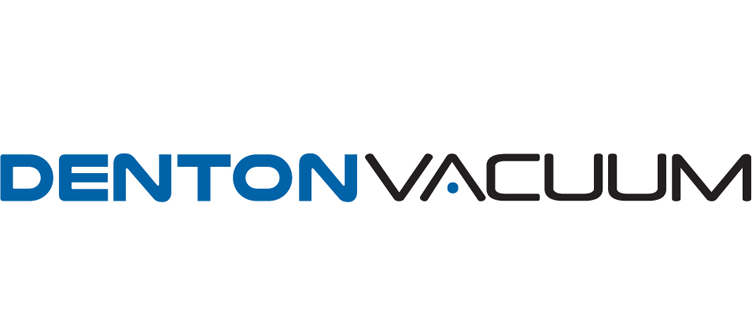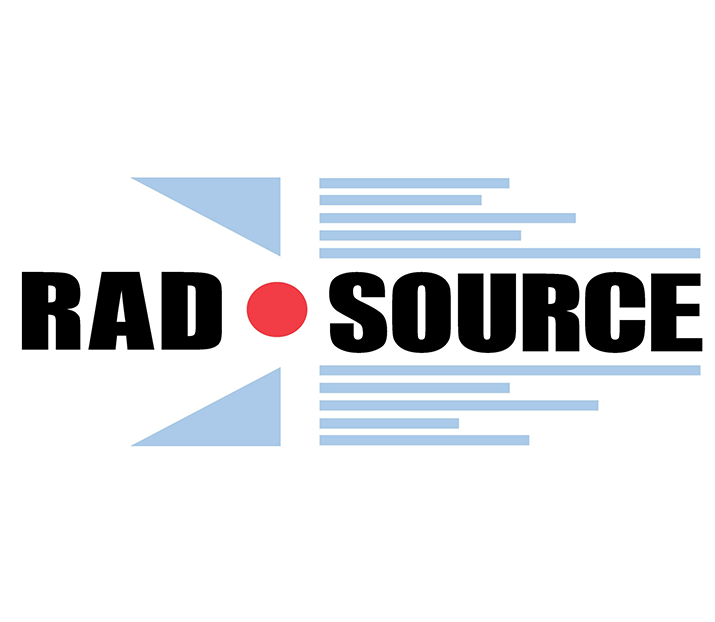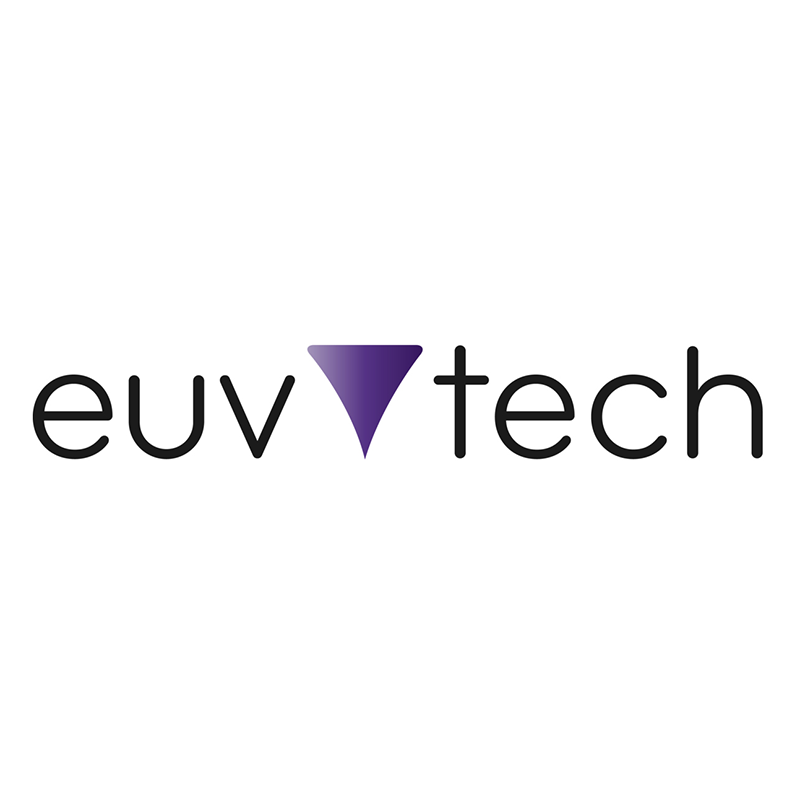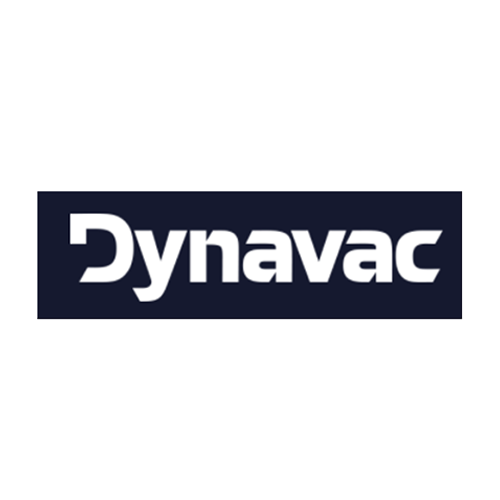TECHNOLOGY
Take advantage of our expertise in dissimilar metal bonding and aluminum and titanium vacuum technology. We understand what it takes to bond and machine dissimilar metals and to design and manufacture bimetal components and vacuum chambers that handle every extreme. Check out our Bimetal Benefits Ebook (PDF)
Atlas bonded metal products have been used in some of the highest man-made vacuums ever produced, and in the most difficult to seal applications. Our bimetal, and even tri-metal, bonds take advantage of the material properties of each metal to achieve greater performance.
Niobium, titanium, and stainless-steel bonds are used in high heat aerospace applications. Aluminum, copper and titanium options are used in particle physics, quantum computing, semiconductor fabrication, and many other applications.
Atlas pioneered the use of aluminum for UHV and XHV applications and developed Atlas bimetal flanges to allow researchers and technologists to take advantage of the many favorable qualities of aluminum within stainless steel systems. With advanced joining and surface treatment techniques, we continue to lead the vacuum industry by utilizing the superior vacuum properties of aluminum
Titanium has superior vacuum properties when compared to stainless steel, and chambers made with this material outperform stainless on many levels.
UHV and XHV vacuum is quite a bit different than lower vacuum regimes. Vacuum chamber material, chamber geometry, pumping methods, and conductance all play a huge role in the quality of the vacuum. We have designed and manufactured a variety of UHV and XHV vessels for different applications, ranging from industrial OEMs to national laboratories and universities. We know vacuum!
HOW CAN WE ASSIST IN YOUR PRODUCT DEVELOPMENT NEEDS?
From our first custom aluminum vacuum chamber, to our recent niobium to stainless steel fittings for satellite delivery rockets, to our standard bimetal and titanium flanges and fittings, Atlas Technologies has been the solution of choice for mission critical projects around the world. Whether you have a napkin sketch, a full-fledged design, or just need a handful of our US-manufactured bimetal products, we can help.



